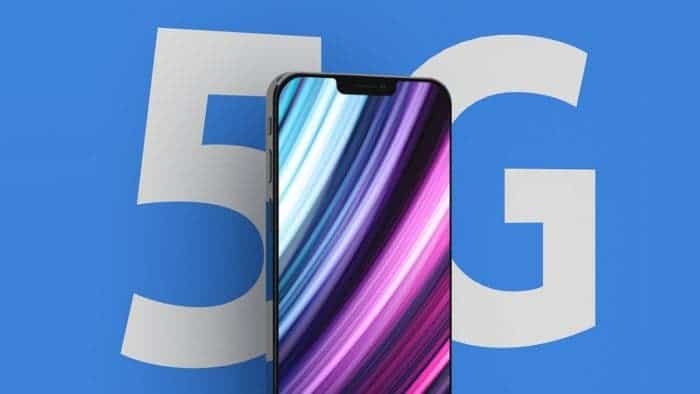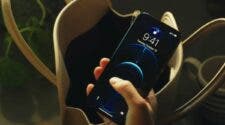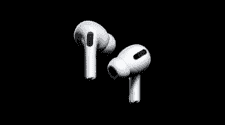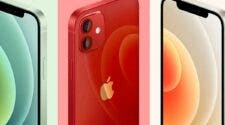According to recent reports, Apple will complete the second phase of the upcoming iPhone 12 series “Engineering Verification and Testing” (EVT) phase at the end of June. In addition, the reports claim that the production of this series will commence in July.
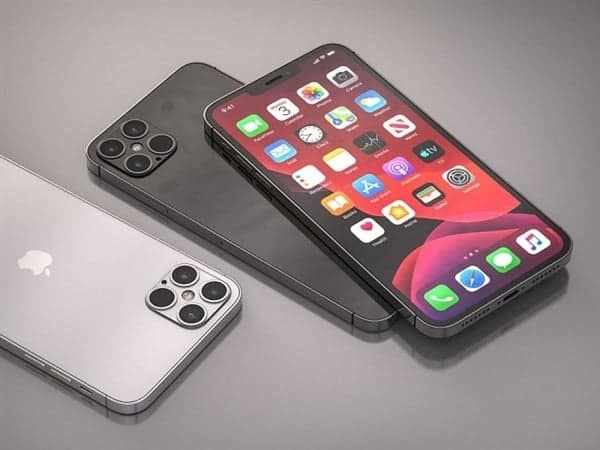
The report claims that all “iPhone 12” models will go into production next month. However, it is not clear whether all iPhone 12 models will hit the market at the same time. Although Apple is likely to release its “iPhone 12” product line in September as usual, analyst Guo Mingji and others have previously claimed that due to production challenges, high-end mmWave 5G-enabled iPhone 12 high-end models will face postponement.
Guo Mingji specifically pointed out that due to the change in antenna packaging design in early April, the production of mmWave iPhone 12 will be “postponed.” The entry-level “iPhone 12” model is expected to support sub-6GHz 5G.
Apple is expected to release four new iPhone 12 later this year. The iPhone 12 series includes two iPhone 12 models with 5.4-inch and 6.1-inch displays. In addition, it will have another two iPhones (Pro models) with 6.1-inch and 6.7-inch displays. All four models will come with OLED displays, 5G support, and a small notch. There are also rumors that the iPhone 12 Pro model will receive a LiDAR sensor (lidar).
Apple iPhone 12 series will stimulate Apple’s demand for OLED displays
Talking about the iPhone 12 OLED display, analysts believe that Apple will be the world’s highest buyer of OLED panels this year. According to analysts and research institutions, the four new iPhones will all use OLED screens. This will greatly stimulate the demand for OLED panels. According to DSCC (Display Supply Chain Consultants), Apple’s expenses this year on OLED panels will hit $9.8 billion. This means that it will account for about 30% of the global OLED panel expenditures.
In terms of OLED panel spending, Samsung is second only to Apple. DSCC estimates that Samsung will spend $8.8 billion, accounting for 27% of the global total.
But unlike Apple, Samsung Display, a subsidiary of Samsung Electronics, is also an OLED panel supplier. Apple also has to purchase OLED panels from Samsung for use in OLED screens for iPhone, iPhone X, iPhone XS, etc. supply.
Another manufacturer that will have a good amount of Apple’s order will probably be BOE. The Chinese display manufacturer has been rising since it supplied the Huawei Mate 20 series. It is possible for Apple to get some cheaper panels from BOE for its “budget” models. LG is also another possible supplier for Apple’s OLED panels. However, as we said earlier, South Korean manufacturing giant, Samsung, will probably get the better part of the orders.

